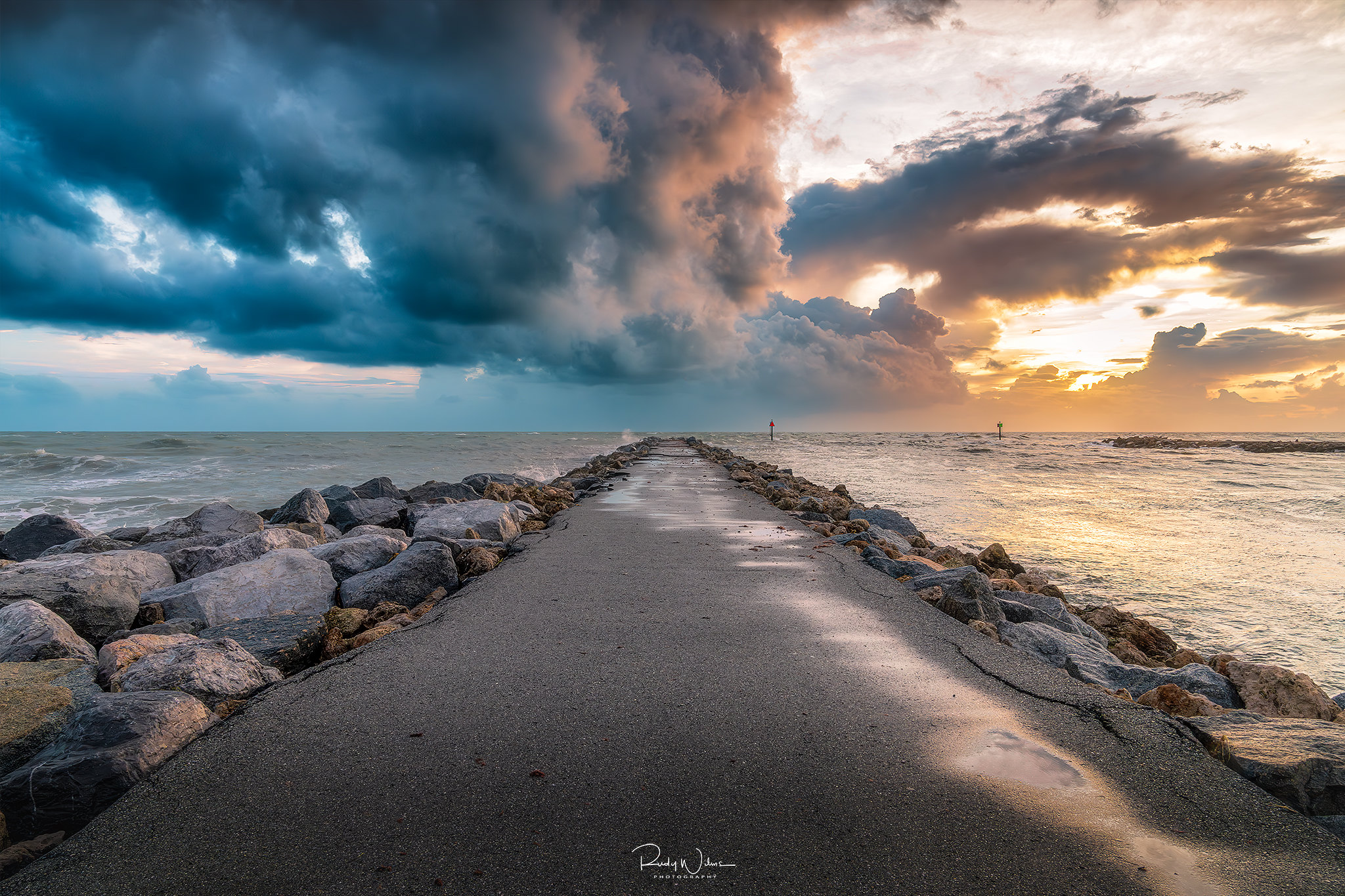Excerpt:
By burning fossil fuels, humans force the oceans to soak up the heat equivalent of a Hiroshima-size bomb, over and over again.
f all the astonishing facts about our blithe remaking of the world’s climate system, the most astonishing might be this: if oceans didn’t cover seventy per cent of our planet, we would have increased the average temperature to about a hundred and twenty-two degrees Fahrenheit. That’s because those oceans have absorbed something like ninety-three per cent of the extra heat trapped by the greenhouse effect and our burning of fossil fuels. In the past hundred and fifty years, we’ve made the ocean soak up, on average, the heat equivalent of a Hiroshima-size nuclear bomb every second and a half; in recent years, that’s increased to five or six Hiroshimas a second.
But it’s not like that heat just gets locked away in saltwater storage. The energy in that heat manifests itself in many ways. It melts ice, for instance. It kills coral—experts have suggested that coral may be safer in tanks on land than in the Gulf of Mexico this summer. And it raises the sea level—at the moment, more than a third of sea-level rise is simply due to the fact that seawater expands when it warms. In midsummer, forty-four per cent of the world’s oceans were in a “marine heat wave.” That heat powered Hurricane Idalia until it crashed into Florida’s Apalachee Bay, a stretch of land that hasn’t been bashed by a major hurricane since recordkeeping began in 1851. Idalia was a tropical storm roughly twenty-four hours earlier, when it passed over Cuba. But the waters of the Gulf of Mexico are incredibly hot. In recent years, we’ve become used to these elevated readings and begun referring to the Gulf as a bathtub; earlier this summer, a buoy in murky, shallow seawater near the Keys registered a temperature above a hundred and one degrees Fahrenheit, a potential new world record. That’s hot-tub hot. Hotter than your blood. You can’t sit in it for too long.
Across the Gulf, water temperatures are averaging two degrees Fahrenheit above normal. And those high temperatures currently extend a hundred feet or more below the surface; this overheated water is the fuel that allows for what hurricane watchers call “rapid intensification,” the almost unbelievable acceleration of whirling winds. In a matter of twelve hours, Idalia passed through Categories 1, 2, and 3 on the Saffir-Simpson Scale, topping out as a Category 4 storm, before it made landfall as a Category 3. (Had it had more time over the open water of the Gulf, it likely would have kept strengthening; a natural cycling process, known as “eyewall replacement,” dropped its winds a notch just before landfall.) As its gales grew fiercer and spread out, it whipped up a ferocious storm surge along this magnificent coast.
And it is indeed magnificent. Cedar Key, an island community just off the coast, is where the most famous TV hurricane guy, Jim Cantore, of the Weather Channel, holed up to broadcast, wading through the storm surge with typical bravado. Normally, it’s a lovely, sleepy little town—the old Florida, far removed from, say, Daytona Beach or Disney’s Orlando. History knows it for two things. One: in 1855, a man named Eberhard Faber bought up many of its cedar forests, and if you recognize that name it’s because he used the wood to produce a great many of the planet’s pencils. Two: in 1867, a not-yet-famous John Muir arrived in Cedar Key toward the end of his “thousand-mile walk to the Gulf,” which had begun in Louisville seven weeks earlier.
Muir, as he walked, was mulling over a series of ideas that became the basis for an important strain of environmentalism, and his thinking reached a literal fever pitch in Cedar Key, where he came down with a bad case of malaria. Raised by a strict Presbyterian father who had forced him to memorize the Bible on pain of whipping, he was well versed in the idea that the world had been made for man. In his now classic text, “A Thousand-Mile Walk to the Gulf,” Muir wrote about this “pleasant plan,” in which “whales are storehouses of oil for us,” hemp was to be used in ships’ rigging, and iron was “made for hammers and ploughs…”









